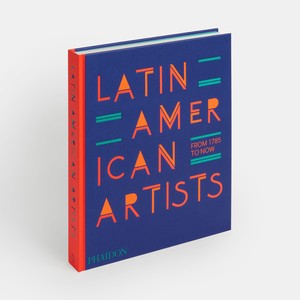
Latin American Artists: From 1785 to Now
To celebrate the publication of Phaidon’s new, expansive survey, we share an excerpt from Raphael Fonseca’s introduction and a few of the more than three hundred artists featured.
The Baroque always connects two extremes, like light and shadow, in one body, one painting. History outside against a wild body inside, cultured and uncultured, cooked and uncooked, greed and expressionism, rationalism and irrationality, cold and hot.
—Adriana Varejão
In her richly diverse oeuvre, Adriana Varejão uses the Baroque tactics of simulation, juxtaposition, and parody to reflect on the mythic pluralism of Brazilian identity and the complex social, cultural, and aesthetic interactions that produced it. Varejão draws upon a potent visual legacy animated by the histories of colonialism and transnational exchange to create a confluence of hybridized forms—paintings that are both architectural and sculptural; theatrical, painted sculptures; mesmerizing multichannel videos—that expose the multivalent nature of memory and representation.
Varejão was born in Rio de Janeiro. She attended the Escola de Artes Visuais do Parque Lage from 1983 to 1985. In 1986 she began to experiment with the medium of oil painting, reimagining in thick impasto the ornate Baroque frescoes and religious relics of the eighteenth-century churches in Ouro Preto, Minas Gerais, Brazil.
In 1992, Varejão spent three months traveling in China, where she studied Song dynasty (960–1279 CE) ceramics and classical Chinese landscape painting. From that journey, she began to consider how Eurocentric narratives distort or even erase the histories of various artistic methods and motifs, and subsequently embarked on a series of paintings in which familiar iconography—maps, religious imagery, colonial genre scenes—is interrupted with simulated bloody gashes and fleshy extrusions, or more subtle narrative subversions. Her work from this period makes explicit reference to the violence and eroticism of Brazilian history in the spirit of antropofagia, a key concept in Brazilian modernism that reclaims the anthropophagic rituals of the Tupi people, transforming the social taboo of cannibalism into a symbolic totem of cultural absorption in postcolonial Brazil.
Upon her return from China, Varejão began collecting examples of regional Brazilian folk art such as ex-votos and azulejos, glazed terra-cotta tiles of Arab origin that have been the most widely used form of decoration in Portuguese national art since the Middle Ages. Fascinated by the azulejo and its legacy in Brazil as a metaphor for both forced and voluntary cultural miscegenation, Varejão developed her Azulejão (Big Tile) paintings (1988–). For the support, she applies a thick layer of viscous plaster to a canvas laid flat; as the plaster slowly dries, the cracks that form produce a cartography of deep surface fissures. While the early Azulejão paintings, featuring fragments of larger schema, were often arranged in vast grids of disrupted narrative, the larger-scale singular works of more recent years present seismic surfaces, at once abstract, geological, and corporeal.
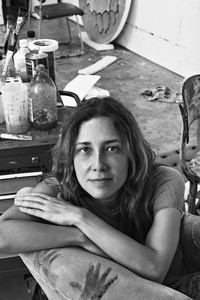

To celebrate the publication of Phaidon’s new, expansive survey, we share an excerpt from Raphael Fonseca’s introduction and a few of the more than three hundred artists featured.
To coincide with the release of the first English-language monograph on the career of Adriana Varejão—in which her diverse body of work is explored in depth, from her earliest paintings in the 1990s to her most recent multimedia installations—the artist has curated a selection of films as part of a series copresented by Gagosian and Metrograph in the theater and online. The program features cinema exploring themes of eroticism, excess, and science-fiction fatalism.
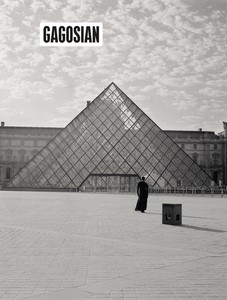
The Summer 2021 issue of Gagosian Quarterly is now available, featuring Carrie Mae Weems’s The Louvre (2006) on its cover.
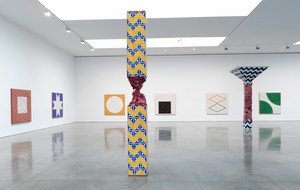
Curator Luisa Duarte considers the artist’s oeuvre, writing on Varejão’s active engagement with theories of difference, as well as the cultural specters of the past.
Join Adriana Varejão at her studio in Rio de Janeiro as she prepares for her upcoming exhibition at Gagosian in New York. She speaks about the inspirations for her “tile” paintings, from Portuguese azulejos to the Brazilian Baroque to the Talavera ceramic tradition of Mexico, and reveals for the first time her unique process for creating these works.
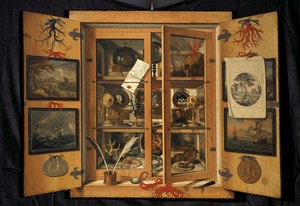
Sydney Stutterheim meditates on the power and possibilities of small-format artworks throughout time.
From October 19 to 21, 2017, Adriana Varejão’s video installation Transbarroco (2014) played across the façade and in the central courtyard of the historic John Sowden House, designed by Lloyd Wright in 1926.

Lilia Moritz Schwarcz explores themes that are central to the artist’s oeuvre.

Gagosian director Louise Neri discusses the evolution of the Azulejão series with Adriana Varejão.
Request more information about
Adriana Varejão